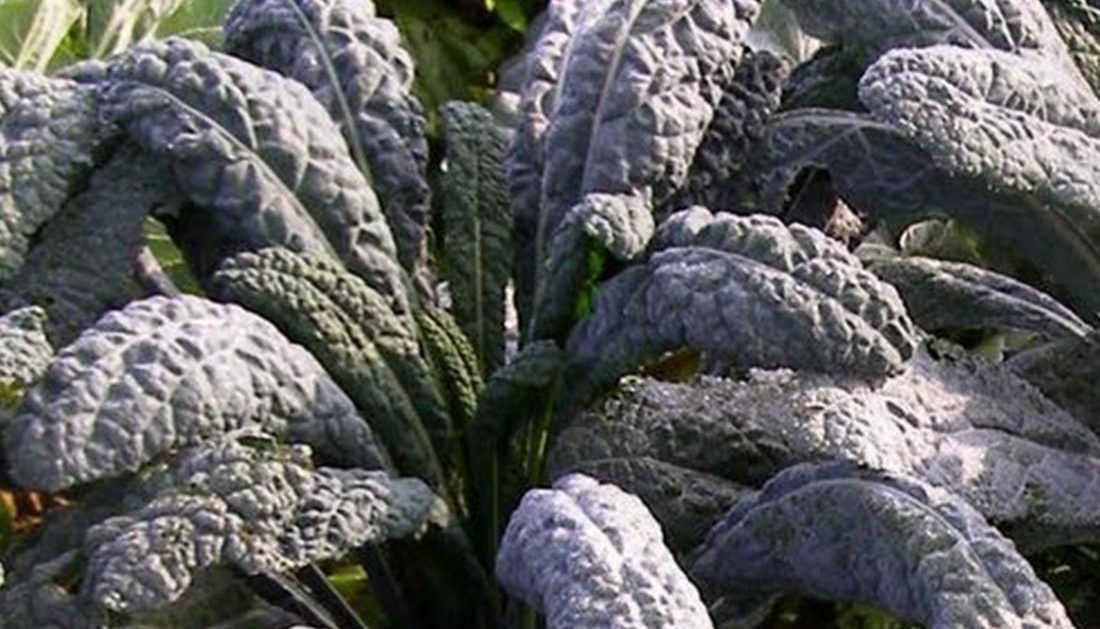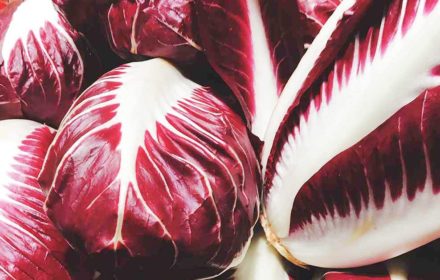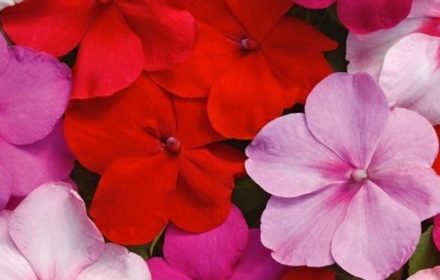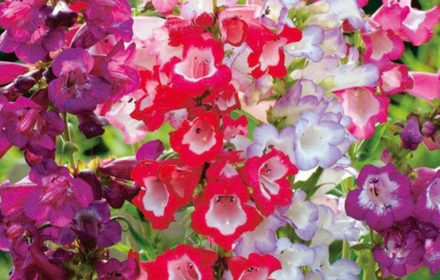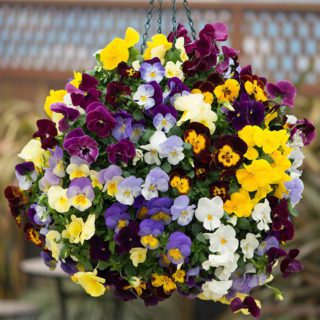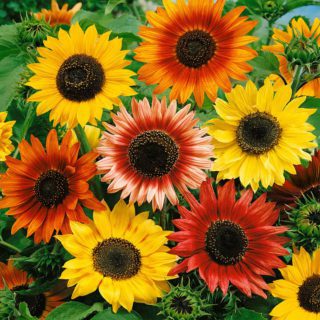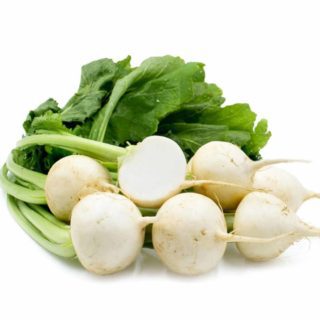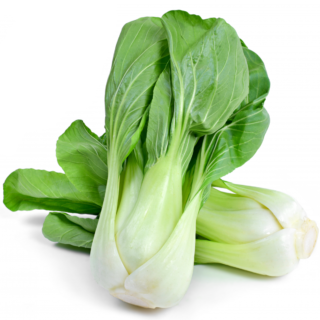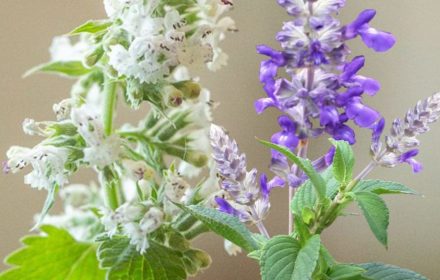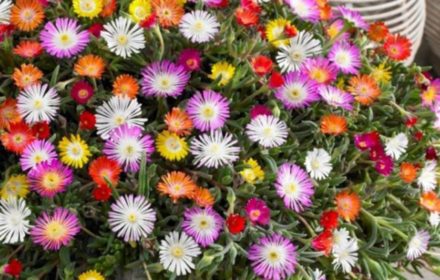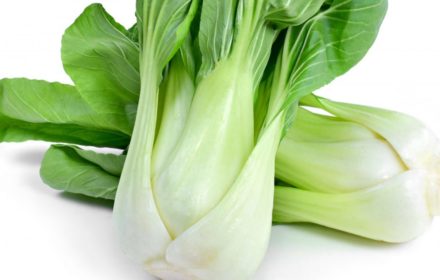Growing Black Magic Kale from Seeds in the UK
Black Magic Kale is a British-bred variety of the classic Black Tuscan Kale, known for its excellent cold hardiness and versatility in the garden and kitchen. Its improved weather tolerance makes it an ideal choice for UK growers, offering enhanced colour, leaf shape, and fast growth. With a high resistance to bolting, Black Magic Kale is perfect for winter salads, as a spinach substitute, or for use in baby salad leaf production. This comprehensive guide will provide you with everything you need to successfully sow and grow Black Magic Kale in your garden.
When to Sow Black Magic Kale Seeds
- Spring Sowing: Start sowing kale seeds outdoors in early spring (March to May) as soon as the ground can be worked. This will allow the plants to mature before the summer heat sets in, providing a steady supply of tender leaves.
- Autumn Sowing: For an overwintering crop, sow kale seeds from late summer to early autumn (August to September). Autumn sowing is ideal for harvesting throughout the winter months, as the cold weather enhances the flavour and texture of the leaves.
Ideal Growing Conditions for Black Magic Kale
- Soil Requirements: Kale thrives in fertile, well-drained soil. Before sowing, enrich the soil with compost or well-rotted manure to provide essential nutrients. Aim for a soil pH between 6.0 and 7.0, which is optimal for kale growth.
- Sunlight: Choose a location that receives full sun for the best results. Kale can tolerate partial shade, especially in warmer regions, but full sun promotes the healthiest growth and most robust flavour.
- Temperature: Ideal soil temperatures for germination range between 13-22°C (55-72°F). Kale is a cool-season crop and performs best in cooler temperatures, making it perfect for the unpredictable UK climate.
How to Sow Black Magic Kale Seeds
- Sowing Depth: Sow the seeds ¼ to ½ inch (6-12 mm) deep in prepared rows. Cover lightly with soil and firm gently to ensure good seed-to-soil contact.
- Row Spacing: Space the rows approximately 45-75 cm (18-30 inches) apart to allow ample room for the mature plants to spread.
- Seed Spacing: Sow seeds thinly, aiming for about 2.5 cm (1 inch) apart. Once seedlings are established, thin them to 20-30 cm (8-12 inches) apart. Thinned seedlings can be transplanted to another location or used in salads.
- Watering: Keep the soil evenly moist during the germination period. Kale seeds typically germinate in about 7-14 days under optimal conditions. Avoid waterlogging, as this can lead to poor germination and seedling health.
Transplanting and Growing On
- Transplanting Seedlings: If started indoors or if thinning is required, transplant seedlings when they have 3-4 true leaves. Space them 20-30 cm (8-12 inches) apart to ensure good air circulation and healthy growth.
- Feeding: Kale is a heavy feeder. Apply a nitrogen-rich fertilizer or additional compost around the base of the plants during the growing season to support leafy growth.
- Mulching: Apply a layer of organic mulch around the base of the plants to retain soil moisture, suppress weeds, and keep the roots cool.
- Watering: Regular watering is essential, especially during dry spells. Kale prefers consistently moist soil but avoid overwatering to prevent root rot.
Harvesting Black Magic Kale
- Harvesting Leaves: Begin harvesting leaves as soon as they reach a usable size, typically around 6-8 weeks after sowing. Pick the outer leaves first, leaving the central leaves to continue growing. Regular harvesting encourages new growth and extends the cropping period.
- Winter Harvest: The flavour of kale improves after exposure to frost, which makes it sweeter and more tender. Harvest individual leaves throughout the winter as needed. If you plan to overwinter kale, protect young plants with fleece or cloches in areas prone to severe frost.
Common Pests and Problems
- Cabbage White Butterflies and Caterpillars: These pests can cause significant damage to kale leaves. Use netting to cover your plants or handpick caterpillars if detected.
- Aphids: Inspect plants regularly for aphids, which can cluster on the undersides of leaves. Wash them off with a strong jet of water or use organic insecticidal soap.
- Clubroot: This soil-borne disease can affect kale. To prevent it, rotate crops regularly and avoid planting in areas where brassicas have grown in the last few years.
Frequently Asked Questions About Growing Black Magic Kale
- Can I grow kale in containers? Yes, kale can be grown successfully in large containers. Ensure the pot is at least 12 inches deep, and use a high-quality potting mix. Water regularly and feed monthly for best results.
- How do I store harvested kale? Freshly harvested kale leaves can be stored in the refrigerator for up to a week. For longer storage, blanch and freeze the leaves.
- Do I need to protect kale from frost? Mature kale plants are frost-hardy and often taste better after exposure to cold weather. However, young seedlings should be protected from severe frost with fleece or cloches.
By following these guidelines, you can enjoy a bountiful harvest of Black Magic Kale in your UK garden, providing nutritious and flavourful greens throughout the year. Whether grown for baby salads or hearty winter dishes, this versatile vegetable is a must-have for any kitchen garden.

